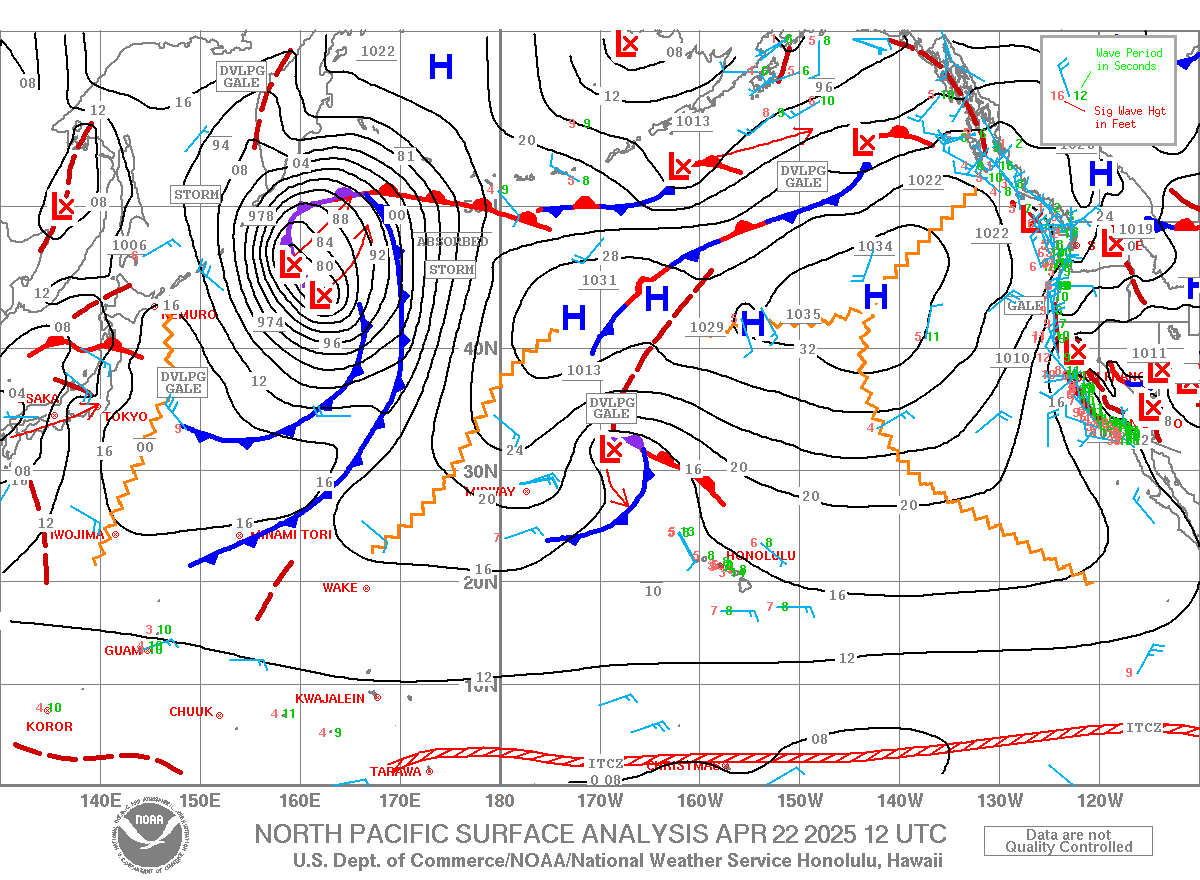
High Surf Adv up for all southern exposures into Monday. The threshold is 8′ faces (~4′ Local Scale…which is sorta stupid but…better to be safe than sorry). And the bottom line is there’s 1000’s of surfers who are just starting their journey into surfing bliss (or addiction or just plain fun or whatever you wanna call it). So, with Summer here along with the bigger waves, higher winds, crowded water it’s time to pause and remember some basics. Mahalo. SNN.
“We all love the beach in the summer. The sun, the sand, and the surf. But just because we’re having fun, doesn’t mean we can forget about safety.
Rip currents are powerful, narrow channels of fast-moving water that are prevalent along the East, Gulf, and West coasts of the U.S., as well as along the shores of the Great Lakes.
Moving at speeds of up to eight feet per second, rip currents can move faster than an Olympic swimmer.
Panicked swimmers often try to counter a rip current by swimming straight back to shore—putting themselves at risk of drowning because of fatigue.
Lifeguards rescue tens of thousands of people from rip currents in the U.S. every year, but it is estimated that 100 people are killed by rip currents annually. If caught in a rip current, don’t fight it! Swim parallel to the shore and swim back to land at an angle.
While the terms are ofter confused, rip currents are different than rip tides. A rip tide is a specific type of current associated with the swift movement of tidal water through inlets and the mouths of estuaries, embayments, and harbors.
Get the facts about rip currents like this Ocean Today video and for plenty more info and resources”. GO HERE





















